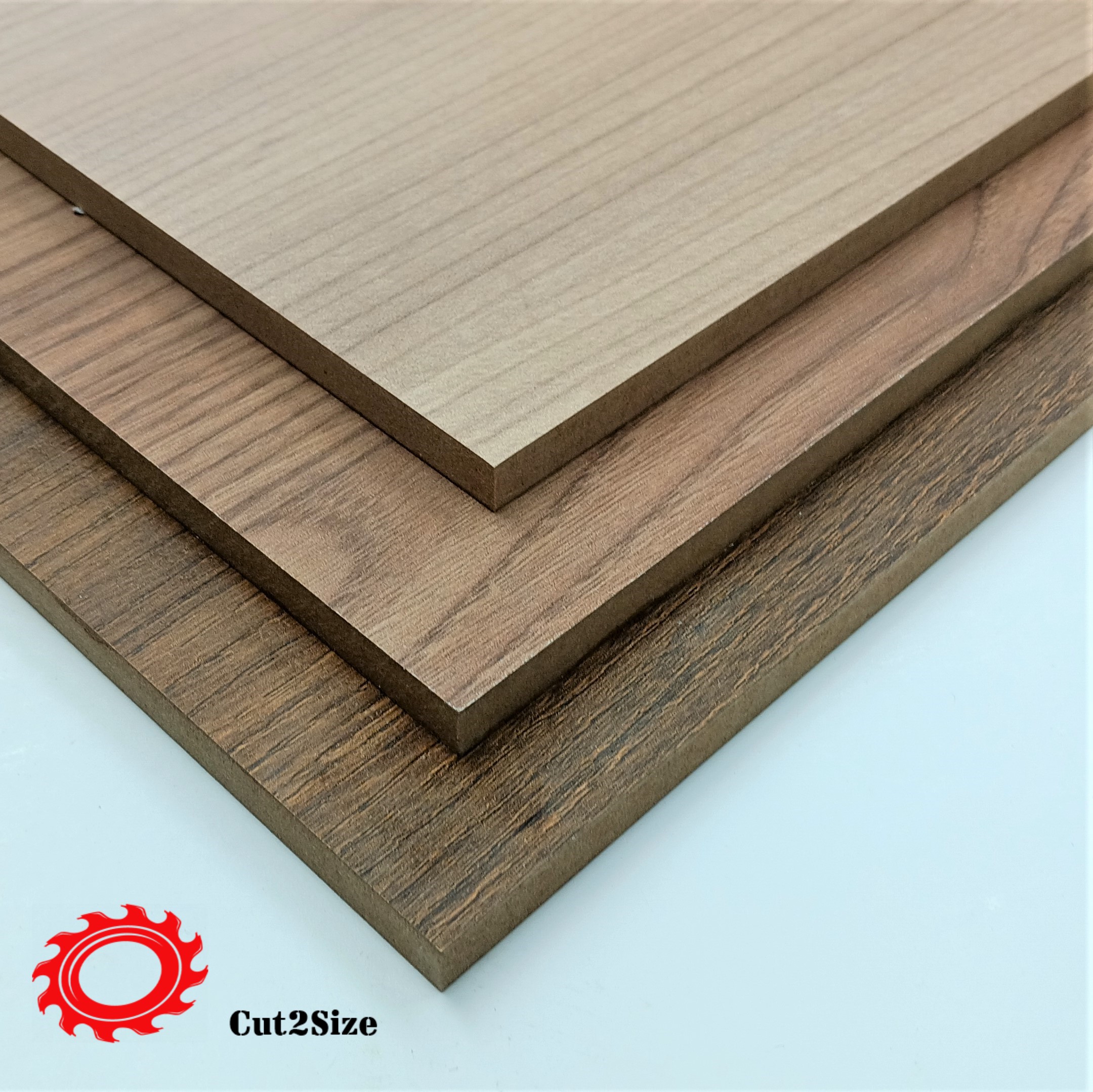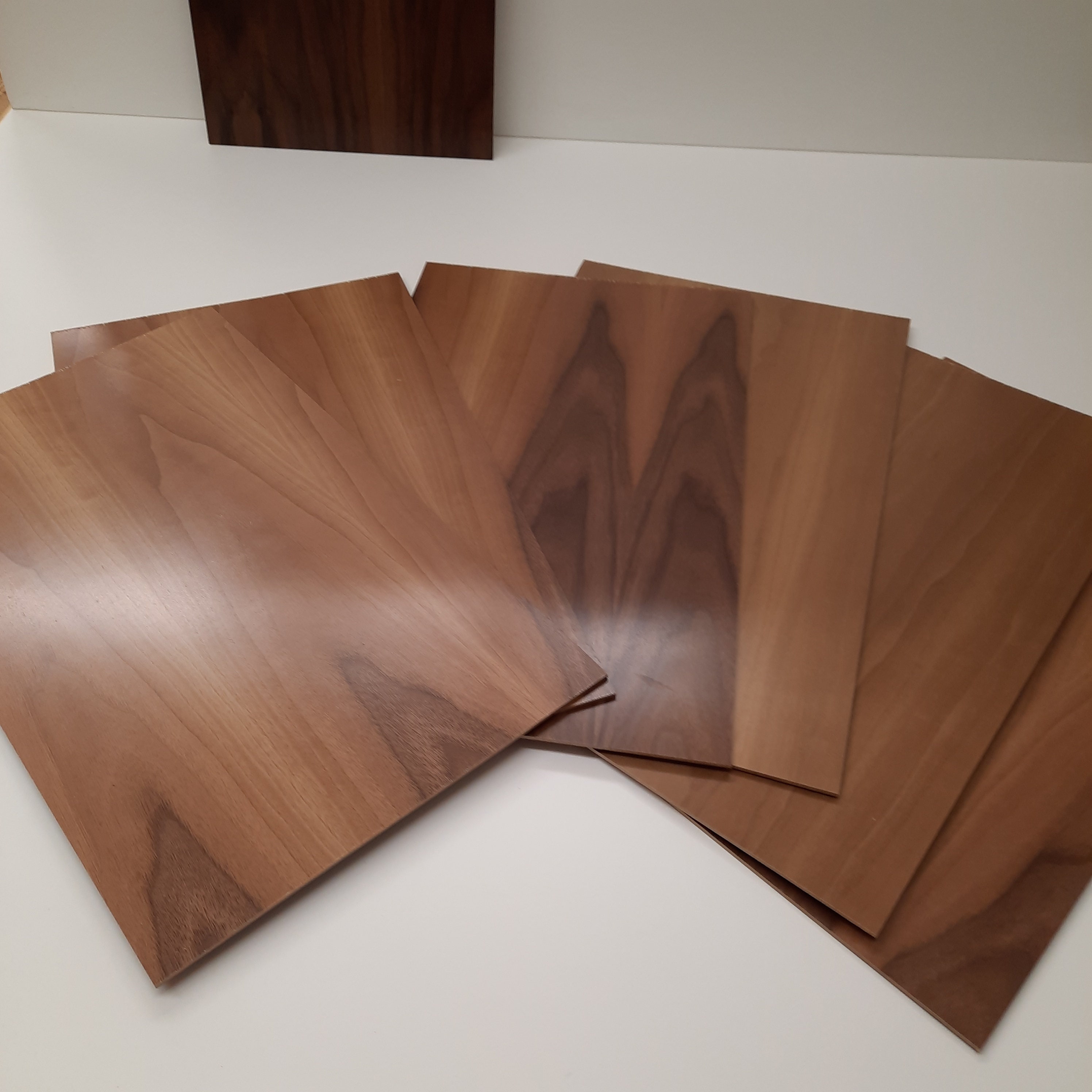Aesthetic Considerations for Cabinet Materials: Best Material For Cabinets

Choosing the right cabinet material significantly impacts your kitchen’s overall aesthetic. The visual appeal, texture, and finish of your cabinets contribute immensely to the style and ambiance of the space. Let’s explore how different materials achieve distinct looks.
Aesthetic Qualities of Different Cabinet Materials
Solid wood, plywood, MDF (medium-density fiberboard), and melamine each offer unique aesthetic possibilities. Solid wood, for instance, boasts a natural beauty and warmth unmatched by other materials. Its grain patterns are varied and distinct, offering a rich visual texture. Plywood, while engineered, can also offer appealing wood grain visuals, often at a more budget-friendly price point. MDF provides a smooth, uniform surface ideal for painting or applying veneers, offering design flexibility. Melamine, a laminate material, is available in a wide array of colors and patterns, mimicking the look of wood or other materials.
Solid wood cabinets offer unparalleled warmth and character, with visible grain patterns and natural variations in color.
Plywood cabinets provide a balance of affordability and aesthetic appeal, often showcasing beautiful wood grain patterns similar to solid wood, but with increased stability.
MDF cabinets offer a smooth, uniform surface perfect for custom paint finishes or sleek, modern veneers.
Melamine cabinets provide a wide array of color and pattern options at a budget-friendly price, mimicking the look of various materials.
Examples of wood grains and finishes include oak’s prominent grain and light to medium brown tones, cherry’s rich reddish-brown hues and tight grain, maple’s fine grain and light color, and walnut’s dark brown tones and striking grain patterns. These grains and colors can be enhanced with various finishes such as stain, paint, lacquer, or varnish, each impacting the final aesthetic. For example, a clear varnish on oak highlights the natural grain, while a painted finish on MDF allows for virtually limitless color choices.
Cabinet Materials and Kitchen Styles
The choice of cabinet material significantly impacts the overall style of your kitchen. Certain materials lend themselves better to specific aesthetics. For example, solid wood cabinets, particularly those with a visible grain and a natural finish, beautifully complement traditional and farmhouse styles. Their rustic charm adds warmth and character. Modern kitchens, on the other hand, often feature sleek, minimalist designs, where MDF cabinets painted in a clean, neutral color, or cabinets with high-gloss finishes, create a sophisticated and contemporary feel. Plywood can be adapted to various styles, offering versatility. Melamine’s affordability and wide range of colors make it suitable for budget-conscious projects and allows for bold color choices in modern or eclectic kitchens.
| Cabinet Material | Kitchen Style | Example |
|---|---|---|
| Solid Wood (Oak) | Traditional | A kitchen with shaker-style cabinets, a warm stain, and brass hardware. |
| MDF (painted white) | Modern | A kitchen with flat-panel cabinets, sleek handles, and stainless steel appliances. |
| Plywood (maple veneer) | Transitional | A kitchen that blends traditional elements (e.g., raised panel doors) with modern finishes (e.g., a matte lacquer). |
| Melamine (dark grey) | Contemporary | A kitchen with simple slab-style doors, integrated appliances, and minimalist hardware. |
Achieving Specific Aesthetic Effects with Cabinet Materials
The selection of cabinet material is crucial in achieving a desired aesthetic.
- For a rustic look: Solid wood cabinets with a distressed finish or a natural wood stain are ideal. Think reclaimed wood or a heavily textured wood grain.
- For a sleek, contemporary design: MDF cabinets with a high-gloss lacquer finish or a smooth, matte paint in a neutral color are excellent choices. Clean lines and simple door styles further enhance the modern aesthetic.
- For a farmhouse feel: Solid wood cabinets in lighter colors, such as white or cream, with simple shaker-style doors and brushed nickel hardware create a charming, rustic ambiance. A slightly distressed finish can add to the farmhouse aesthetic.
- For a transitional style: Plywood cabinets with a versatile veneer, allowing for a balance between traditional and modern elements, are perfect. Consider a medium-toned wood veneer with slightly more ornate door styles.
Cabinet Material Maintenance and Care

Choosing the right cabinet material is only half the battle; proper maintenance ensures your kitchen’s heart remains beautiful and functional for years. Understanding the unique needs of each material – solid wood, plywood, MDF, and melamine – is key to preventing damage and preserving your investment. This section details the care and upkeep required for each, empowering you to keep your cabinets looking their best.
Solid Wood Cabinet Maintenance
Solid wood cabinets exude timeless elegance, but their natural composition requires attentive care. Regular dusting with a soft cloth prevents the buildup of grime and keeps the wood’s finish gleaming. For more thorough cleaning, use a damp (not soaking wet!) cloth with a mild dish soap solution, then immediately dry the surface. Avoid harsh chemicals or abrasive cleaners that can damage the finish. To prevent warping, ensure proper ventilation in your kitchen to minimize humidity fluctuations.
- Potential Issues and Solutions:
- Warping: Prevent by maintaining consistent humidity levels; address minor warping with professional wood repair techniques.
- Scratches: Minor scratches can be buffed out with wood polish; deeper scratches may require professional refinishing.
- Water Damage: Wipe up spills immediately; address water stains with specialized wood cleaners or consult a professional.
Repairing Minor Damage to Solid Wood Cabinets
- For minor scratches, gently rub the area with fine-grit sandpaper (220-grit or higher) in the direction of the wood grain.
- Apply a wood filler to fill any chips or gouges, allowing it to dry completely.
- Sand the filled area smooth and then apply a matching wood stain or finish to blend the repair.
Remember to always test any cleaning solution or repair product on an inconspicuous area first to ensure it doesn’t damage the finish.
Plywood Cabinet Maintenance, Best material for cabinets
Plywood cabinets offer a durable and cost-effective alternative to solid wood. Regular dusting and occasional wiping with a damp cloth are sufficient for routine cleaning. Avoid excessive moisture, which can cause the plywood to delaminate (separate into layers). Proper ventilation is crucial in preventing moisture build-up.
- Potential Issues and Solutions:
- Delamination: Prevent by avoiding excessive moisture; repair is difficult and usually requires professional intervention.
- Chipping: Prevent by careful handling; minor chips can be filled with wood filler and sanded smooth.
- Water Damage: Wipe up spills immediately; significant water damage may require replacement of affected panels.
MDF Cabinet Maintenance
Medium-density fiberboard (MDF) cabinets are smooth and easy to clean. A damp cloth with mild soap is usually sufficient. However, MDF is highly susceptible to moisture damage, so avoid prolonged exposure to water. Always dry the surface thoroughly after cleaning. Since MDF is porous, it requires a durable finish to protect it from moisture and scratches.
- Potential Issues and Solutions:
- Water Damage: Wipe up spills immediately; water damage can cause swelling and irreversible damage.
- Scratches: Minor scratches can be touched up with paint; deeper scratches may require professional refinishing.
- Chipping: Prevent by careful handling; chips are difficult to repair and often require professional help.
Melamine Cabinet Maintenance
Melamine cabinets are known for their durability and resistance to moisture. Cleaning is a breeze; simply wipe with a damp cloth and mild soap. Avoid abrasive cleaners and scouring pads, as these can scratch the surface. Melamine’s resilience makes it a low-maintenance choice.
- Potential Issues and Solutions:
- Chipping: Prevent by careful handling; chips are difficult to repair and often require professional help or replacement.
- Scratches: Minor scratches are usually not noticeable; deeper scratches can be difficult to repair and may require professional attention.
- Water Damage: Melamine is relatively resistant, but prolonged exposure to water can cause damage to the edges or seams.
Cabinet Material Comparison Table
| Material | Cleaning Methods | Preventative Measures | Repairing Minor Damage |
|---|---|---|---|
| Solid Wood | Dust regularly; damp cloth with mild soap | Maintain consistent humidity; avoid harsh chemicals | Sand scratches; fill chips with wood filler; re-stain/finish |
| Plywood | Dust regularly; damp cloth | Avoid excessive moisture; proper ventilation | Fill minor chips; major damage requires professional repair |
| MDF | Damp cloth with mild soap; dry thoroughly | Avoid prolonged water exposure; protect finish | Touch up scratches with paint; major damage usually requires replacement |
| Melamine | Damp cloth with mild soap; avoid abrasives | Careful handling; avoid harsh chemicals | Minor scratches are usually unnoticeable; major damage requires replacement |
